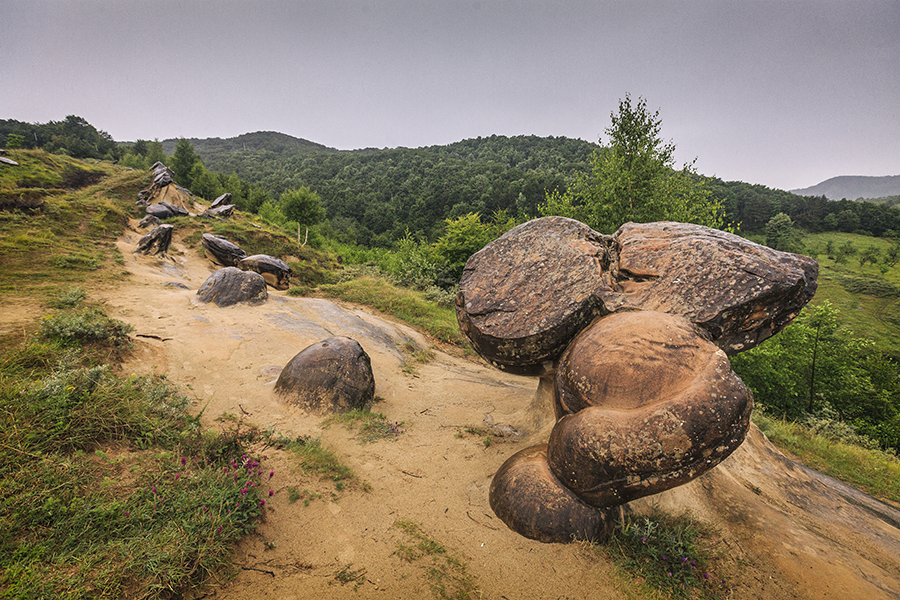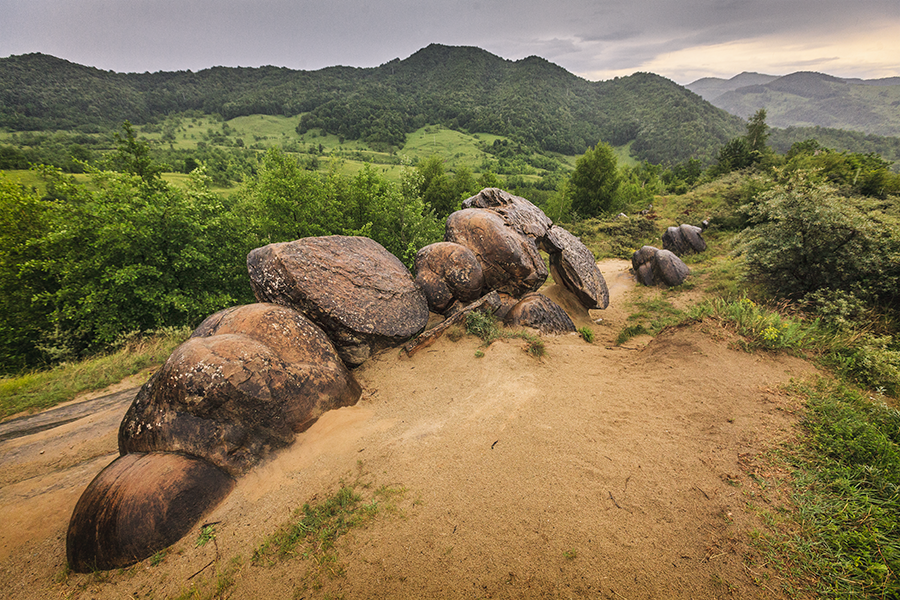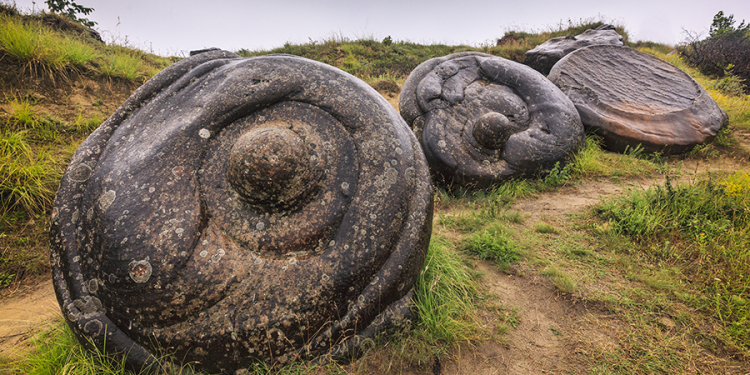Stones are inanimate objects. They are not living organisms. They have no biological processes. They cannot move, they cannot breathe, and they cannot reproduce. At least, this is what we are all used to knowing.
There is, however, a special type of stone in Romania that is a complete exception. Romania’s “Living” stones, more commonly known as Trovants, are considered by many the only stones in the world that could be considered living organisms. Here is my in-depth presentation of this geological wonder, and following it will be a brief summary of the discussion in 10 facts.
The Trovant Geological Wonder

In the central part of Romania, a wondrous place exists where you can see remarkable rock formations. They are called trovants. Not only can they increase in size, but they also … multiply. That is why these Romanian stones are officially included in the list of living organisms.
Even now, scientists cannot decipher the phenomenal properties of Romanian trovants. All we know is that there is a connection between the processes taking place in the stones and the meteorological conditions.
In the dry season, they are all completely motionless and stay in place without changing their size. However, when the rainy season comes, the stones seem to come to life, increase in size, and even move.

In general, trovants look like growing mushrooms. After the rains, they reach quite large sizes. Researchers have found that a pebble the size of a grain of sand can turn into a huge stone weighing several tons in just a few years.
The largest trovants are about 10 meters high. The larger a stone gets, the slower it grows.
The most amazing thing is that the trovants have the structure of a tree – inside, they have rings showing their growth and stumps. However, they consist of grit.
Most trovants are found in the Romanian region of Valcea. Locals even make souvenirs from trovants, which they sell to tourists. You could even “plant” a stone in the ground and wait for it to grow.
In 2006, in sand quarries near the village of Costeshti, a Museum of Trovants was opened. Its collection includes the most curious specimens brought from different locations in Romania. Since then, it has become one of the greatest tourist attractions in the region, if not in Romania, and attracts thousands of people yearly.

In Summary: 10 Things You Probably Didn’t Know About Trovants
1. Trovants are considered by many as true living organisms
2. They can grow up to several meters high and in diameter
3. The largest discovered Trovants are about 10 meters high
4. Their growth is connected to the rainy season
5. The exact growth rate is unknown, but a small stone could reach a few meters in diameter in just several years
6. Like trees, trovants have rings that show their age
7. Scientists believe that the stones can reproduce or multiply
8. You can purchase a Trovant souvenir that could potentially grow if you moisturize it
9. Trovants grow in all kinds of shapes
10. There is an open-air Museum of Trovants in Romania
Join the discussion and participate in awesome giveaways in our mobile Telegram group. Join Curiosmos on Telegram Today. t.me/Curiosmos











